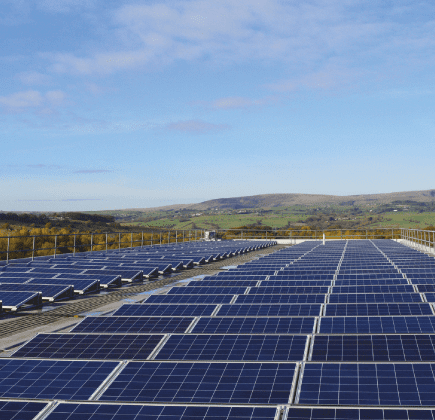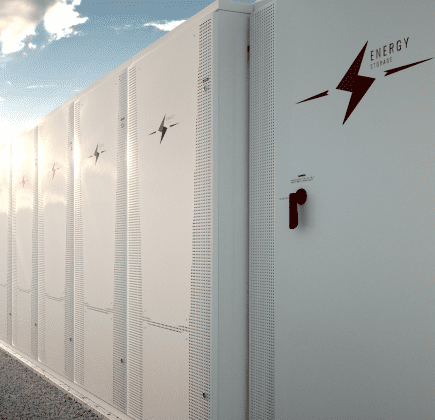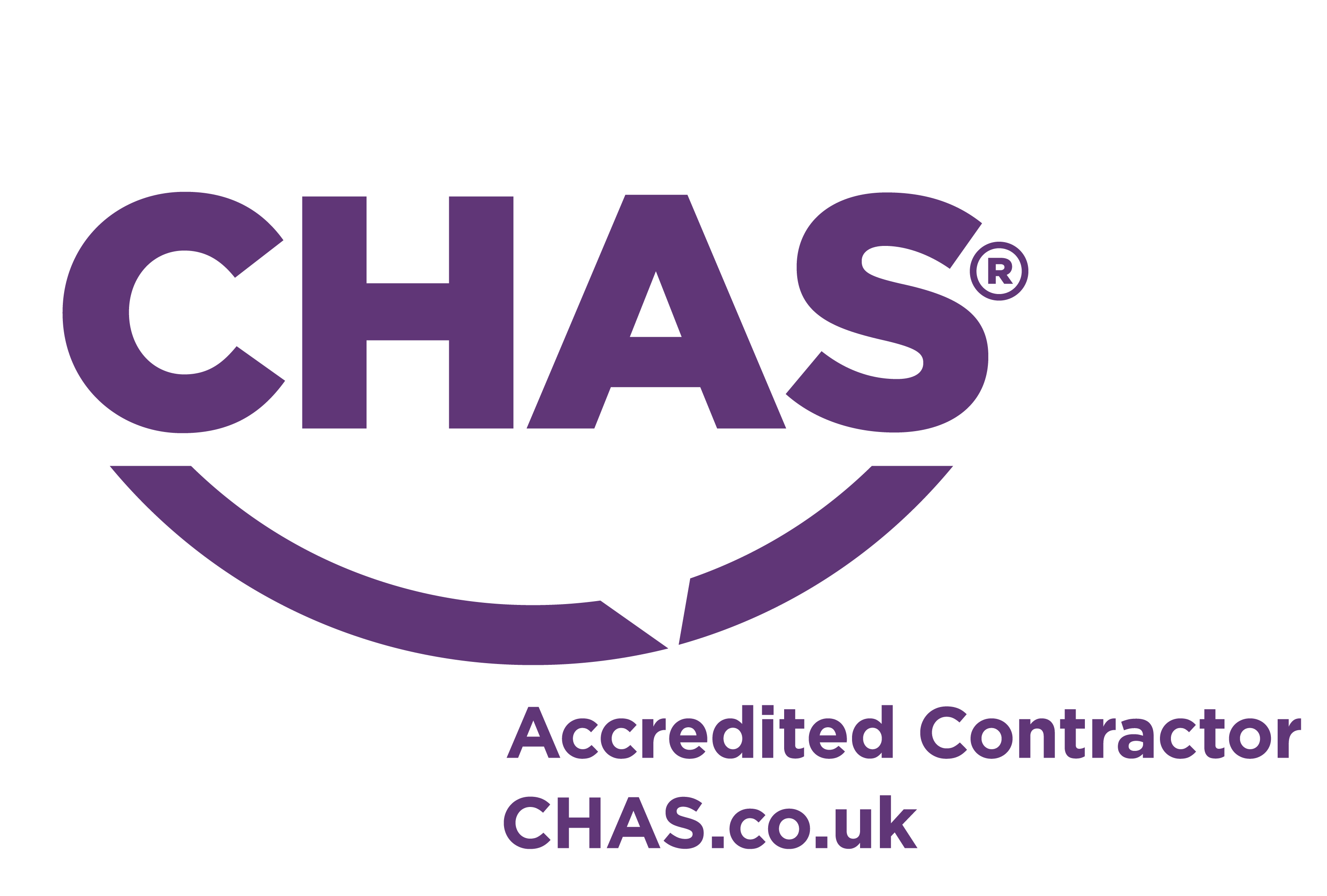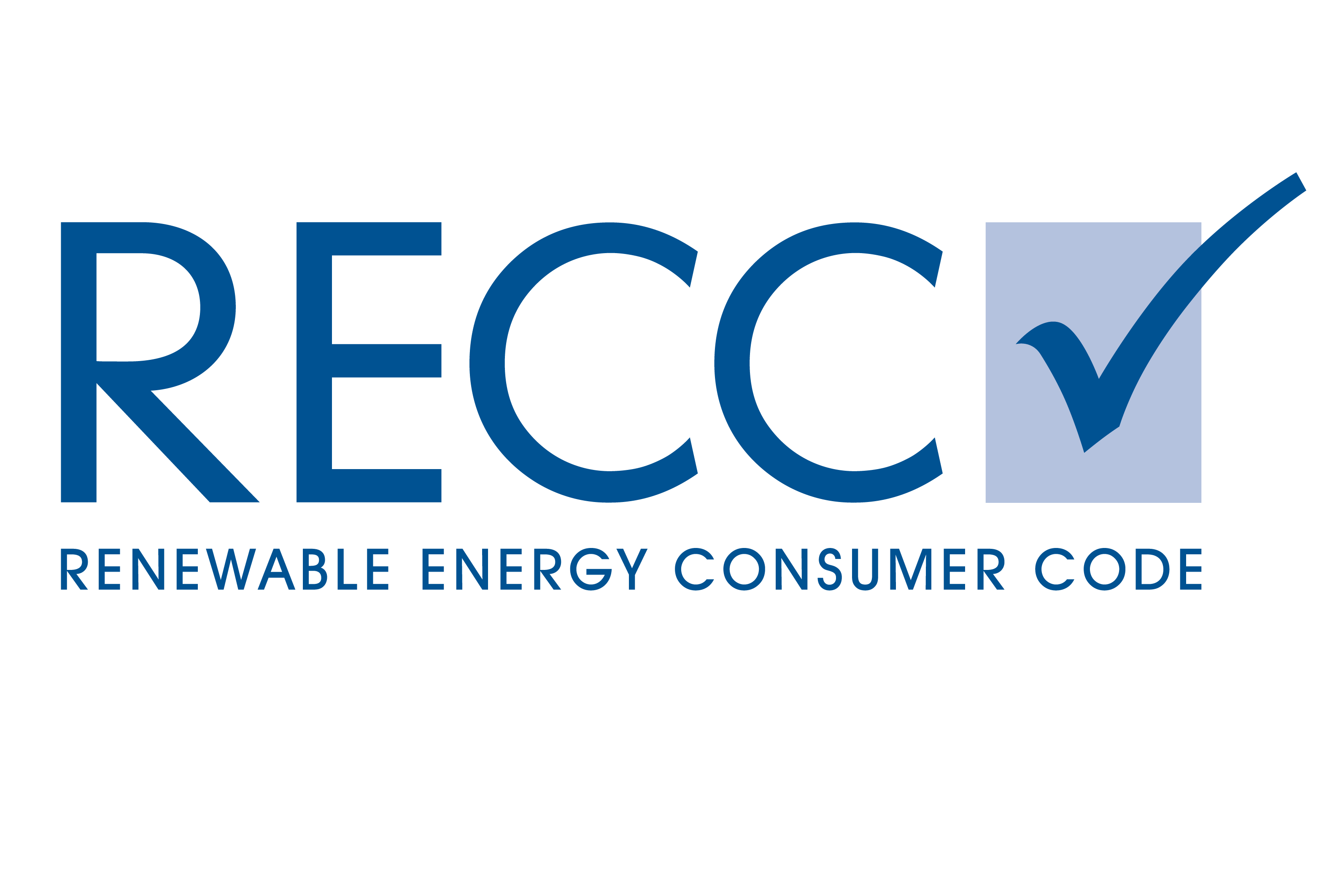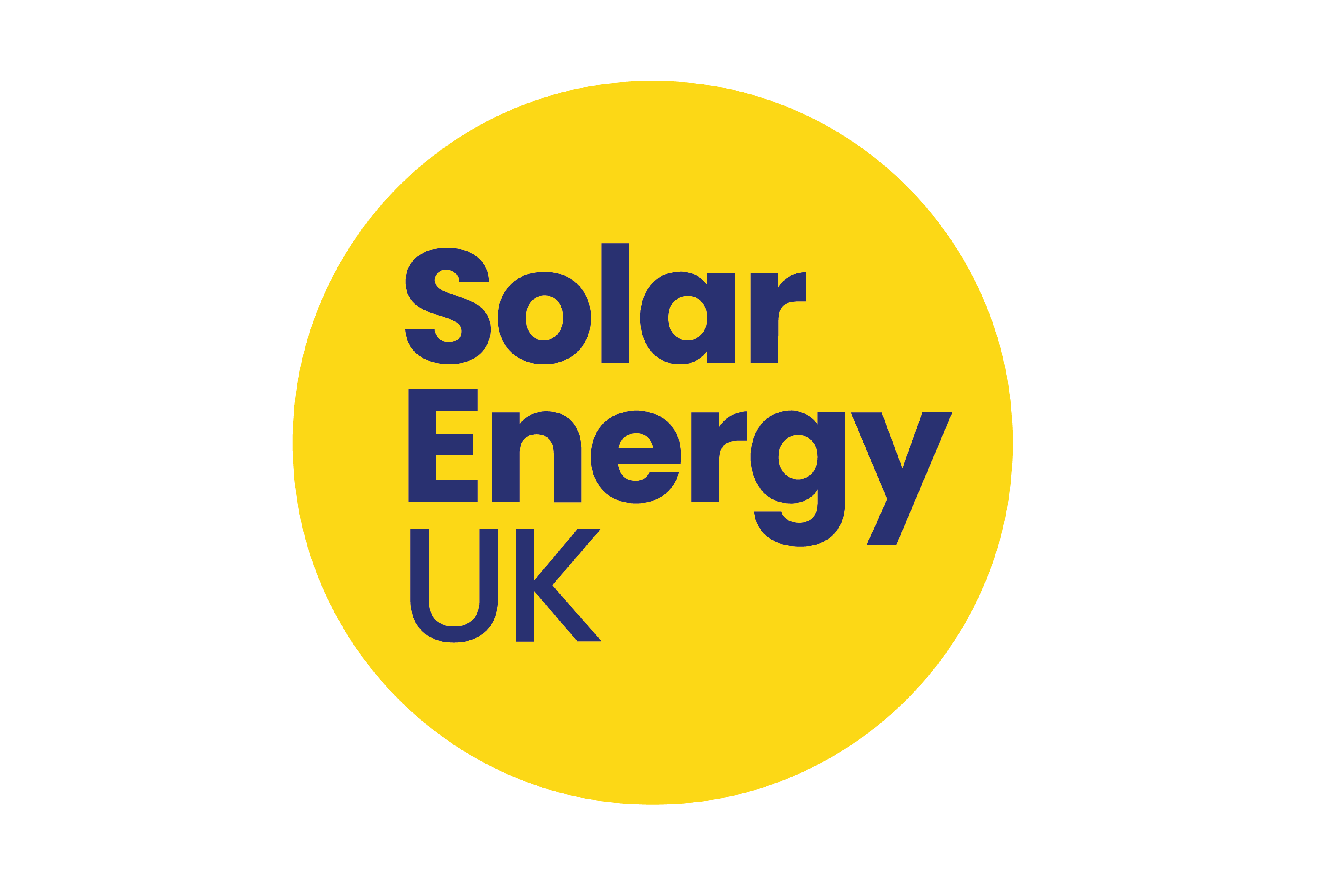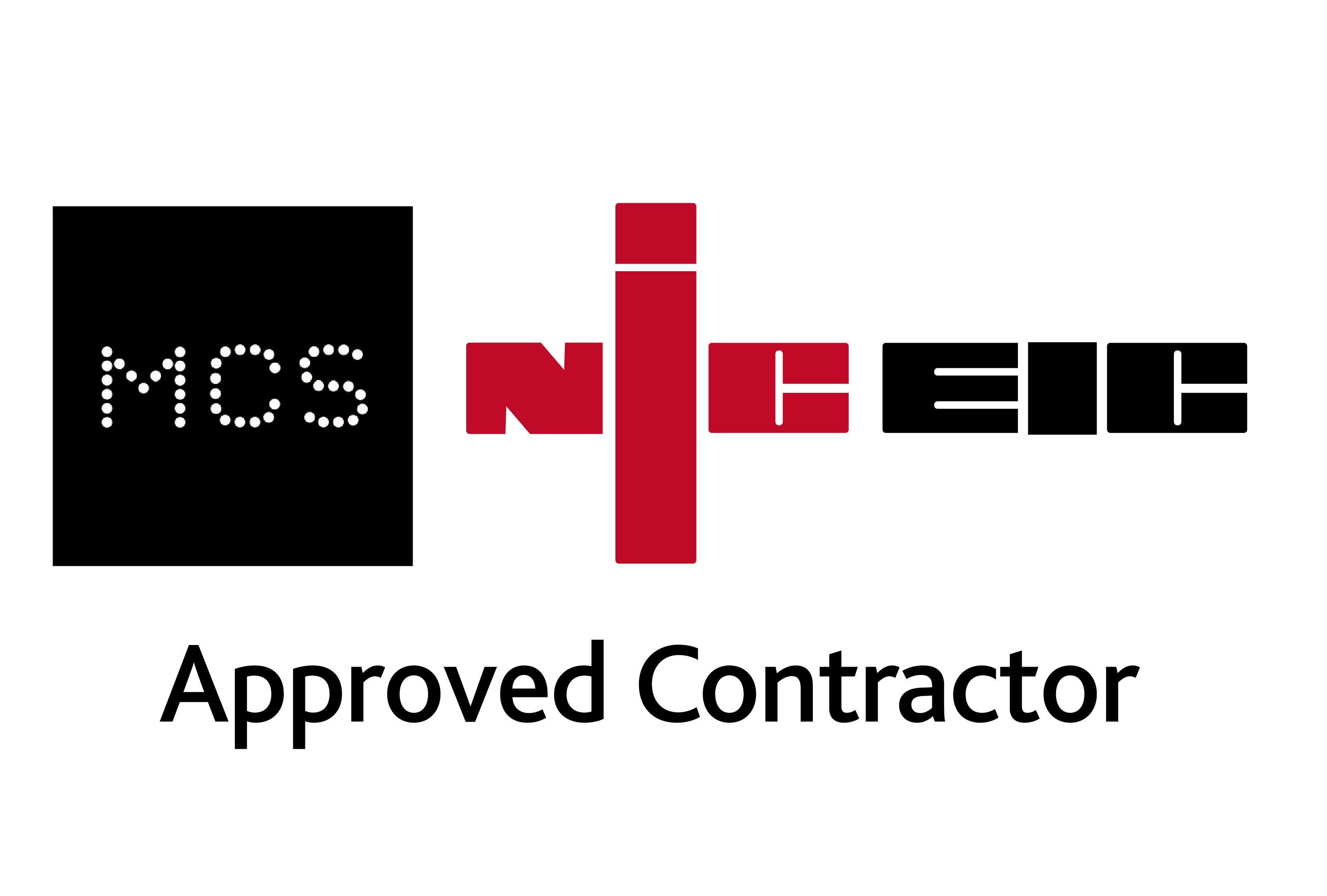
Commercial solar can benefit from subsidy cuts
If the constraints of the Feed in Tariff (FIT) have stopped you from investing in solar PV in the past, you’ll be pleased to hear about the recent developments. Government cuts to the FIT have made commercial rooftop solar deployment a more attractive proposition for many businesses, knowing that they’re no longer constrained by the rigid FIT requirements. In fact, when it comes to commercial solar, there’s never been a better time to invest…
What’s changed?
The removal of constraints associated with the FIT means that commercial consumers will no longer be constrained to try and match the FIT bands, allowing them to maximise deployments and even benefit from larger solar installations. Another huge positive of this change is that solar panels will also be able to be used more widely to improve the energy efficiency rating of buildings.
When talking about the benefits of commercial solar, despite the changes being made to the FIT, Green MP Caroline Lucas said:
“The nature of high electricity self-consumption and a maturing commercial market should ensure solar is still a good choice for many power-hungry businesses across the UK looking to reduce their bills and use the empty space on their roofs.”

Prior to these new amendments, FIT regulations required a consumer to have a well-rated and energy efficient building in the first place. This meant a huge number of businesses were written off and unable to take advantage of commercial solar as they didn’t tick the right boxes. Updates to the policy now mean that more commercial buildings can benefit from solar, improving their energy efficiency in the long term and even improving their EPC rating overall.
In practical terms, these changes will help a number of industries and individuals. For example, from 2018, landlords will be unable to lease properties if they have a rating below E. Solar panels will help landlords to improve a building’s EPC rating, meaning minimum, if any, disruption to their business.
Big benefits for businesses
While subsidy cuts on the outset might worry some businesses, developments such as the fall in panel costs and increase of interest in the number of funders for solar make growth of commercial solar a real possibility. What’s more, the costs of the FIT accreditation process will no longer be of issue, bringing costs down even further. This means consumers will be able to opt for even larger solar PV systems, without worrying about FIT banding. Not only this, a return on investment will be a real possibility too – making the decision a sensible one for businesses in more ways than one. Team commercial solar with storage and a company will experience even great financial benefit.

For more information about solar PV or commercial solar, why not get in touch with the Low Carbon Energy team today? We’ll be able to talk you through the process and tell you what to expect from your new installation. You can give the team a call on 08456 808 963.
What do you think about the changes to the FIT tariff? Is it enough to tempt you to invest in commercial solar? Share your thoughts with us in the comments below or tweet us @LowCarbonEnCo
 Energy Technology
Energy Technology

Powering your present. Preserving your future.
Call us on 01282 421 489

strategy be a priority?

